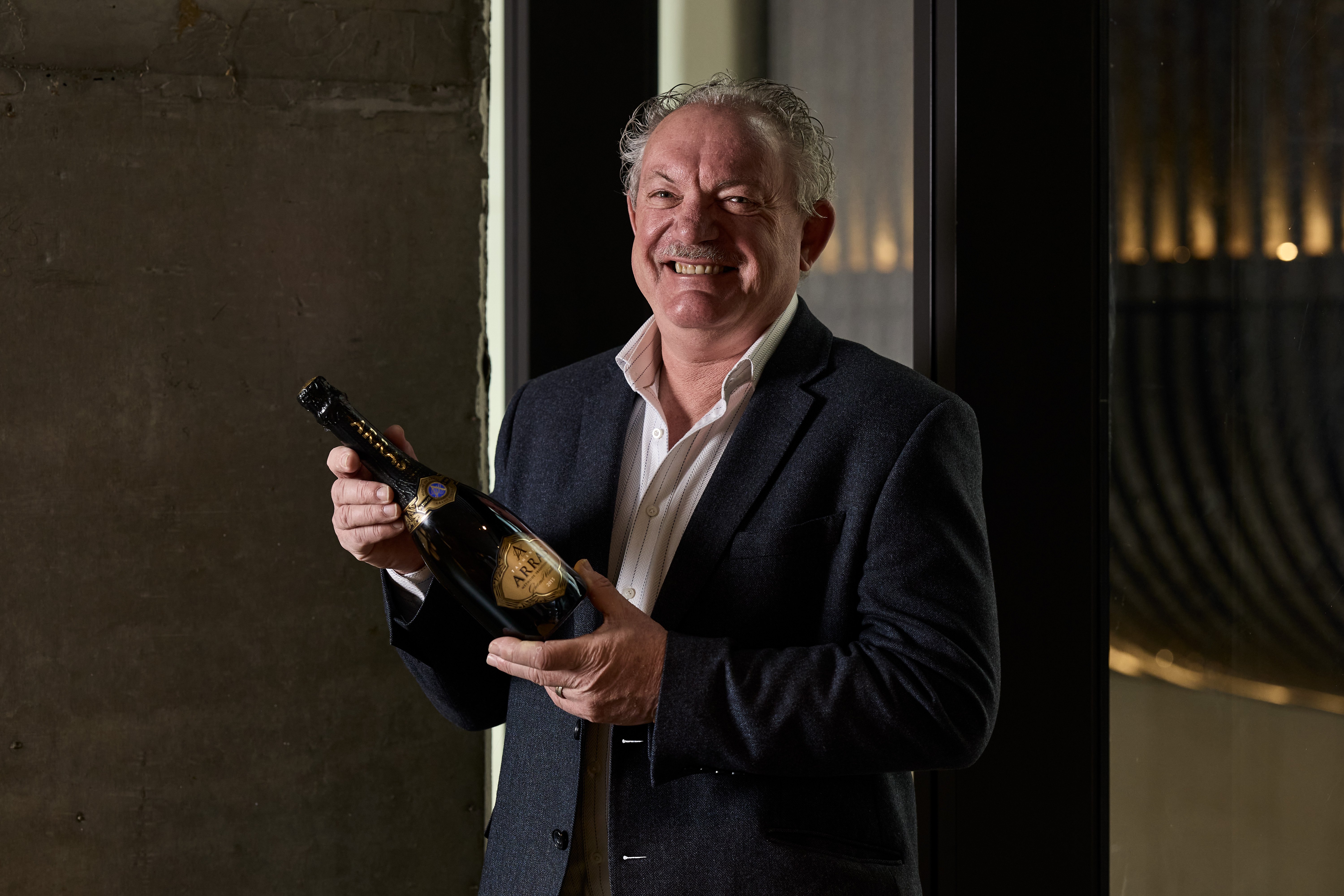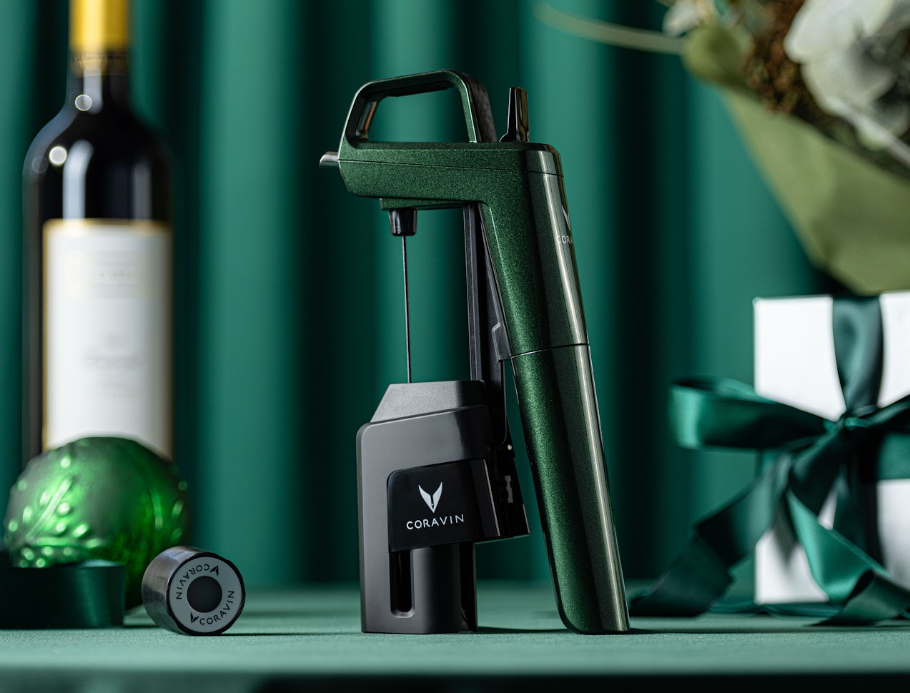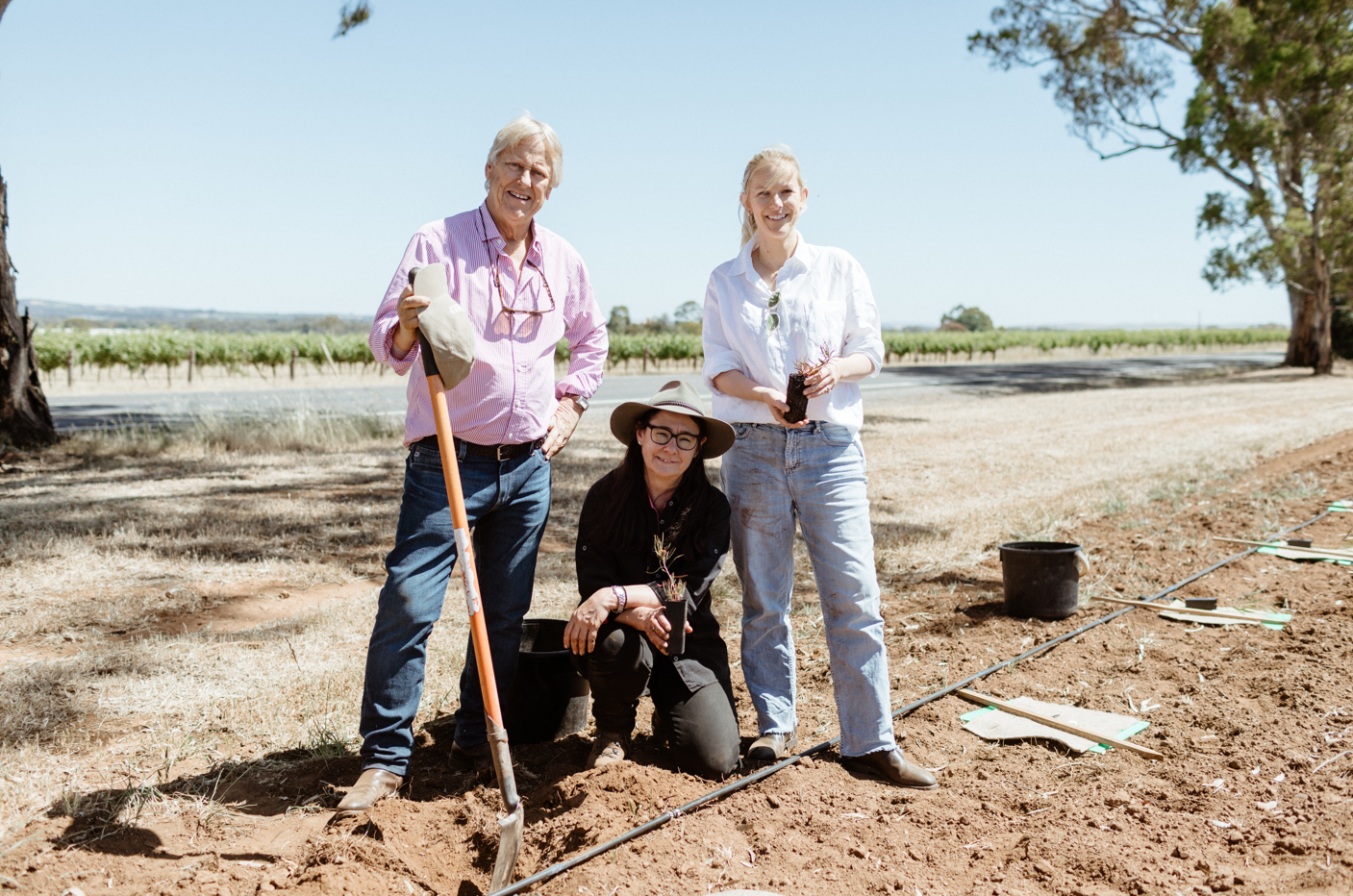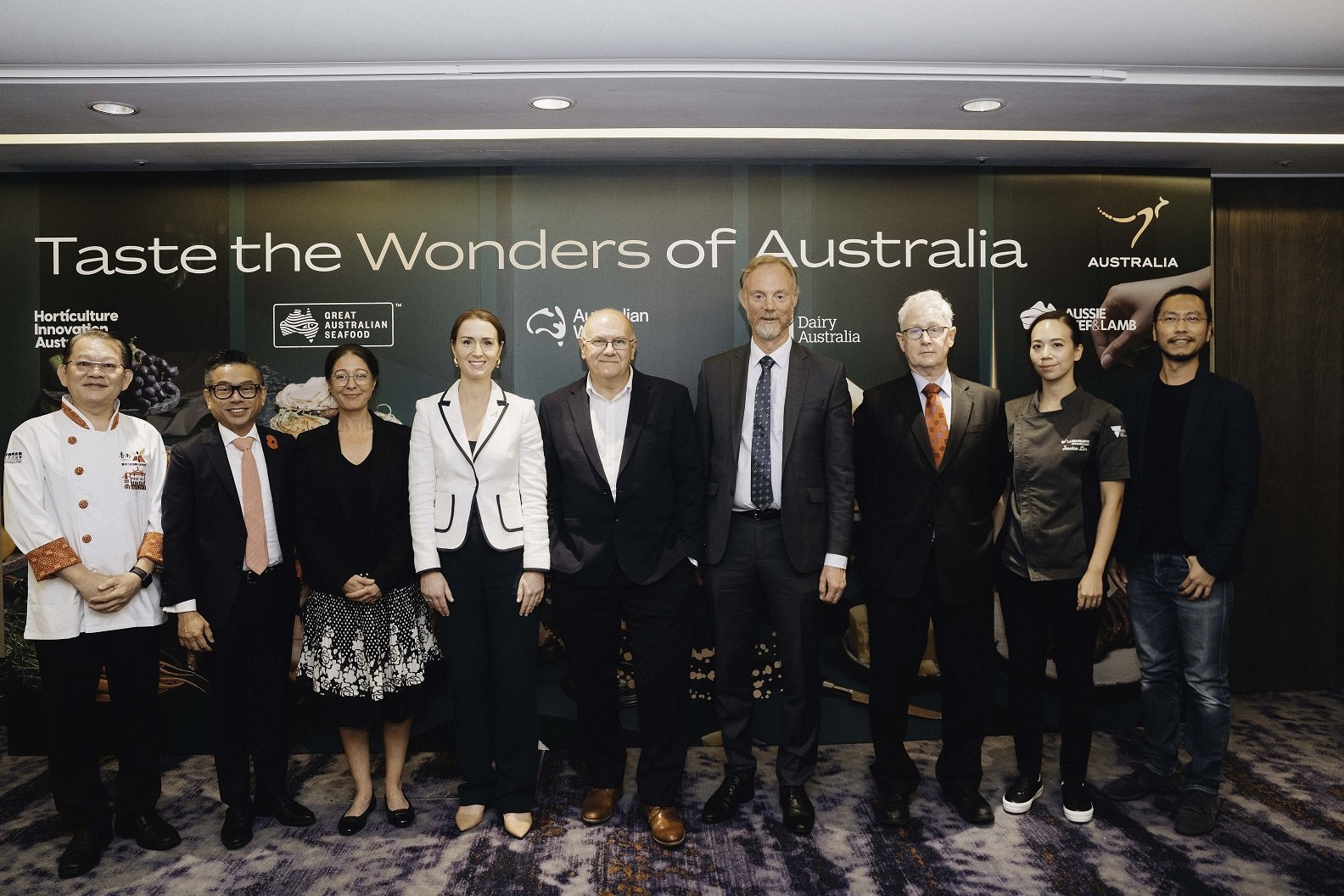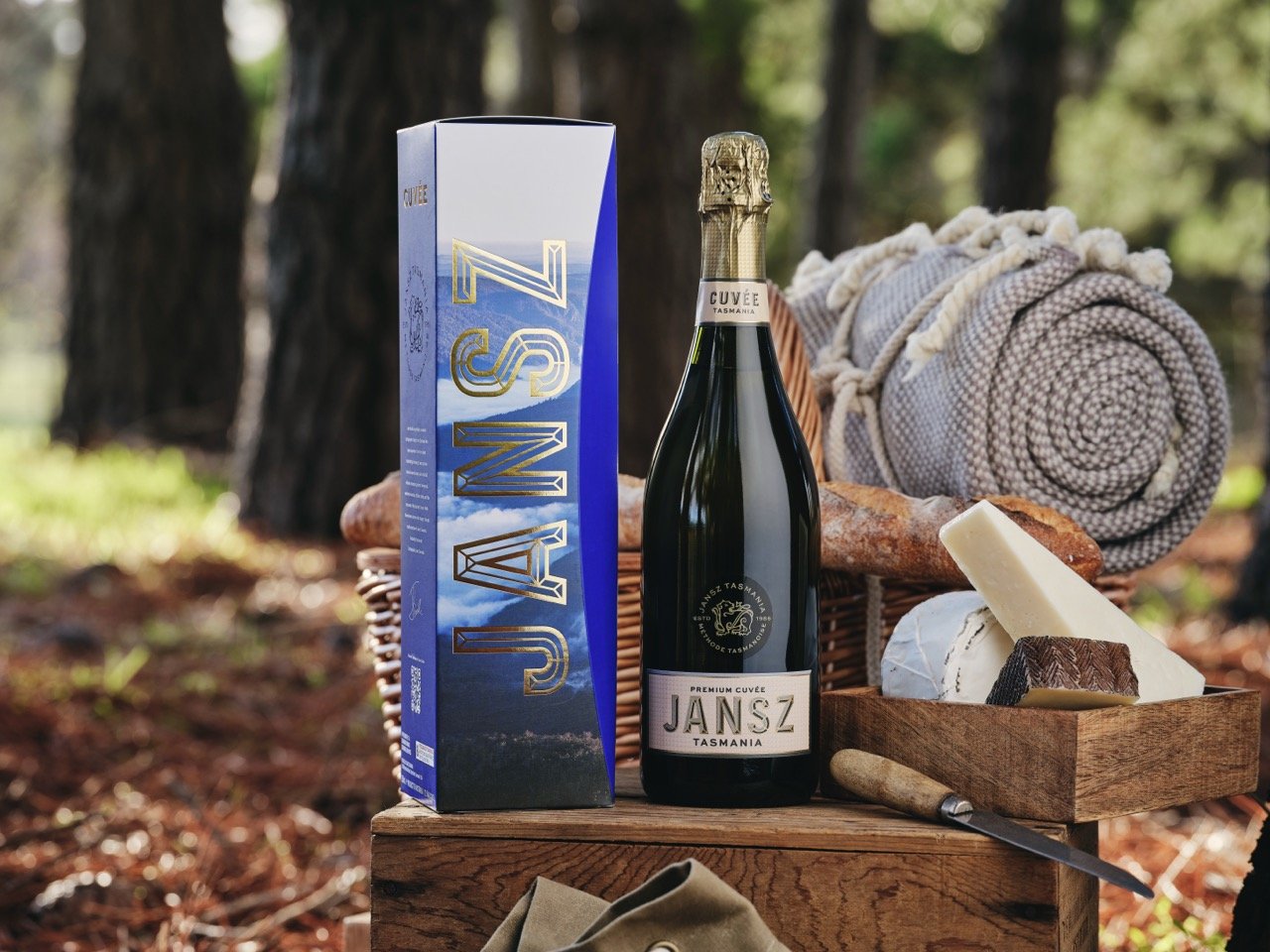Earlier this month, Drinks Trade staff had the chance to sit down with Ed Carr – House of Arras’ Chief Winemaker – during his brief stay in Sydney partaking in the Drinks Trade Spring #92 Champagne and Sparkling Wine Tasting Panel. In the first half of that conversation, Ed Carr discusses his 30-year history with House of Arras, along with his recent recognition as the IWC’s global Sparkling Winemaker of the Year. Now, Ed Carr shares his thoughts on Tasmania’s industry as it stands today along with where it might be heading.
Drinks Trade: Let’s start with House of Arras… Should we expect any changes in the short to mid-term future under new ownership?
Ed Carr: We're pretty comfortable with where we are now; we only started off with the idea of making one wine and now we've got about eight. We'll be consolidating what we're doing.
I can't see us making any fundamental changes to the wine style, I think it's working for us. We'll still pursue new vineyards so maybe there's some subtleties that might come in from vineyards that we feel are stronger… We want to build the volume so we're looking for more resource of the right quality.
We're [also] looking at larger formats, like magnums and bigger format barrels which we think there's a place for.
We don't see any need for a radical change at this point in our lives but every year is different so we'll never say never. But I mean we've made the wines that are going to be released for the next five to ten years anyway because we age the wines really for quite a long period of time. What we have for the next five years plus is already in book, it's just waiting to be released at the appropriate age.
DT: We recently spoke to DMG Group’s Chief China Representative about the potential of Australian sparkling wines in Asian markets… What are the current focuses for House of Arras now that you’re part of the DMG Group/Handpicked Wines portfolio?
EC: We're looking to build the presence in on-premise and premium retail [and] looking to build the presence internationally. We've restarted a program in UK/Europe, [we’re] looking a little bit at the US, [and] looking again at Asia. We're in that situation too where the volumes say that some of the wine has to go offshore, so there's a lot of opportunity there to build those markets.
So yeah, that's going to be the challenge, to find the markets, but the quality is there. Sparkling wine consumption is growing, so there should be an opportunity to carve a bit of a niche for the better brands I guess.
DT: Regarding that opportunity, how tough is the current logistical and economic situation for Australia’s sparkling wine producing sector?
EC: I mean, to make the premium sparkling wines there's a lot of investment so they carry a higher price point with them, and you've got to earn your street credibility. People have to recognise that quality and be prepared to pay for it. Ultimately that or you go out of business.
I think that's a challenge to Australian sparkling wine in the marketplace: It can't be seen as cheap and cheery, it has to be seen as a quality product that people are prepared to pay the value of.
DT: Tasmania is currently experiencing more value and volume growth than any other Australian GI… Do you feel the current expansion and investment in the region might be unsustainable long term?
EC: It hasn't happened yet. I don't know where the end point is, but there's a lot of development happening. So obviously that wine's not all going to be consumed domestically, so there's going to have to be some very sort of active export programs for a lot of these brands, which won't be easy.
In terms of the total Australian production, it's like one percent, but it's at a different price point, it's at a premium price point, so to me the biggest thing is after you've grown the grapes and made the wine, you've got to take it to the market, and I think that's going to be one of the strongest phases moving forward. Rapidly growing, I know it's off a small base, but it is rapidly growing, so finding the channels to the right markets I think is going to have to be a major focus.
DT: What are your thoughts on investments from Champagne houses into non-Champagne sparkling wine regions, e.g. Mumm Tasmania?
EC: I think it's great… I mean, some of these French houses have, obviously, global plans. With Mumm, you know, you've got Mumm Napa, Mumm Marlborough, Mumm Champagne, so it's not surprising that they want to be part of the Tasmanian action as well.
I think anything that's good for Tasmania is good for all the sparkling wine producers, really, and Mumm have got a pretty massive investment happening in Tasmania over the next couple of years. I don't think any of the other French houses are there, but we're seeing a lot of French houses in the UK, in England, and I just see a lot of those want to diversify and make wines in different regions under their own label and style.
DT: What do you consider to be the defining characteristics of Tasmania’s terroir and how does it differ to Champagne?
EC: Tasmania is almost the polar opposite side of the planet to Champagne… Tasmania's an island that's 42 degrees south and hanging in the Antarctic Ocean and Champagne's in Europe, it's continental, it's 49 degrees north. Very different soils, very different climates.
Tasmania's very cool, obviously, because it's really affected by the Southern Ocean. The air is very clear, again, because most of the weather comes off that ocean; there's no particles, there's no dust, there's very little pollution, so the sunshine is quite strong. It's really quite a dry climate because the weather coming from the South West hits the West Coast first - we've got the high wilderness country - so most of the raindrops hit there and then the centre and East Coast of Tasmania is a sort of rain shadow, so it's really quite dry.
It's that coolness, it's the clarity, it's the sunshine, and very different soils makes it very different to Europe. I mean, they're bound to - just by all the implications of terroir - give you very different styles.
DT: How do you feel the House of Arras style compares to its Champagne cousins?
EC: Everybody always wants to compare you to Champagne. The thing is, Champagne is so diverse, I think that's almost too hard to do… You know, which Champagnes do you like? Which house do you like? Which styles do you like?
We just always wanted to be in that quality mix and to put Arras wines on the bench next to anything from around the world and feel that they stand up proudly and represent what we're doing.
DT: Tasmania is officially a single recognised wine region despite winemakers often choosing to specify subregions on labels… Would you like to see this changed?
EC: There's a mixed mood between the Tasmanian producers. My personal feeling is, to take Tasmania to the world, we need to proudly state Tasmania big and bold on the label. And there are recognised subregions but they're not listed as Australian GIs. I don't really have a problem with that; I think you can put whatever you like on the back label as long as it's true. If it's Coal River Valley, put it on the back label, or put it on the front front label, but I'd be promoting Tasmania first, rather than try to promote the individual sub-regions.
I just don't know whether we need classified sub-regions as yet. I wonder if that might confuse the market more.
DT: I guess maybe similar to how it is in the Champagne appellation?
EC: Yeah, there's subregions within Champagne, people talk about them all the time, but when the crunch comes to it, you're talking about wines from one overall region.
//
Interview: Getting to know Ed Carr, the global Sparkling Winemaker of the Year
Sydney Royal Wine Show - House of Arras wins Best Sparkling Wine of Show
Share the content
